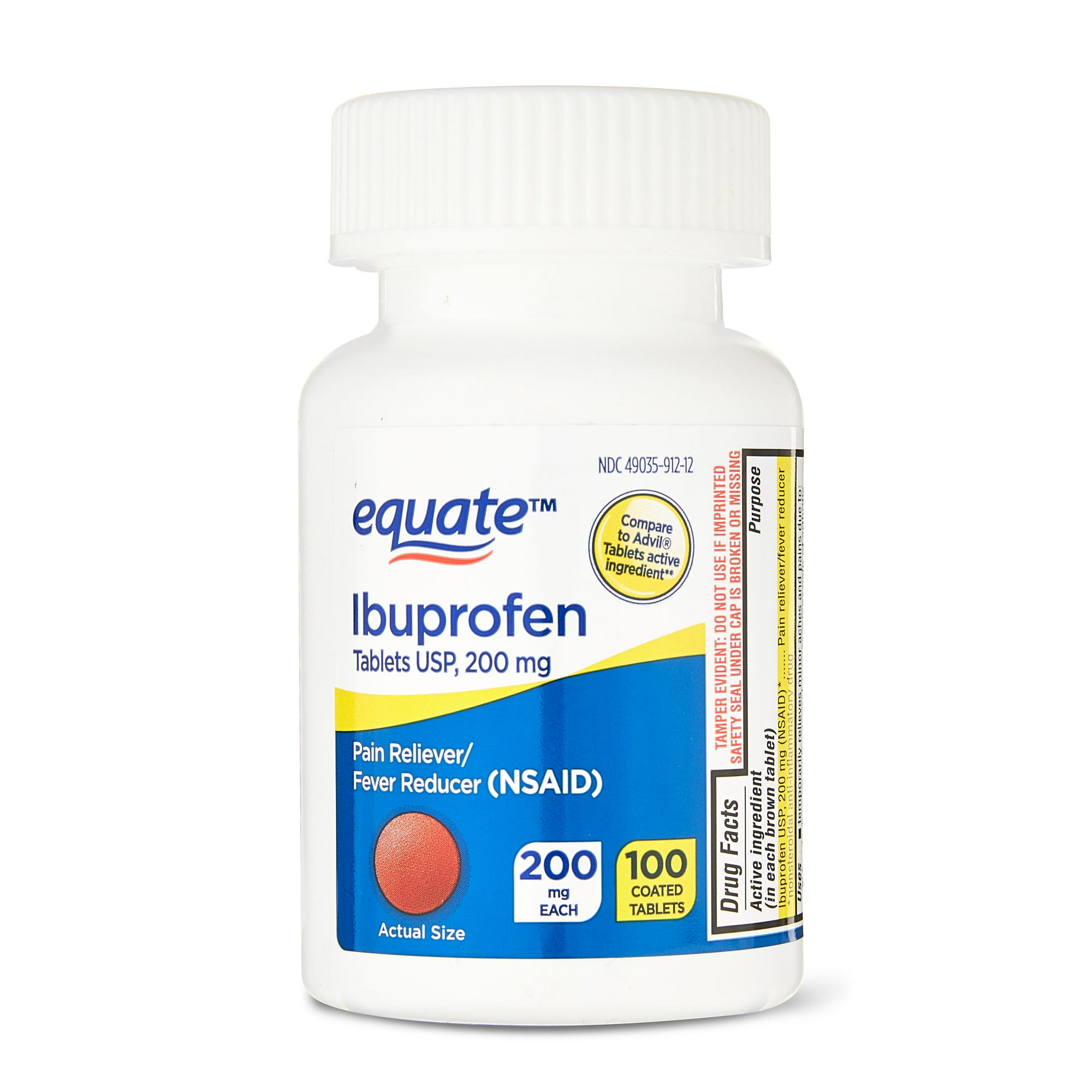What are the symptoms of spondyloarthritis?
Spondyloarthritis is a group of inflammatory diseases that affect the spine and other joints. Symptoms can vary depending on the specific type of spondyloarthritis but generally include:
- Back Pain: Chronic pain and stiffness in the lower back and buttocks, often worse in the morning or after periods of inactivity.
- Morning Stiffness: Stiffness in the back or hips that typically improves with movement and exercise but may persist for several hours.
- Reduced Flexibility: Decreased range of motion in the spine and joints, which can lead to difficulty with daily activities.
- Joint Pain and Swelling: Pain, swelling, and tenderness in other joints, such as the knees, shoulders, and hips.
- Fatigue: General tiredness or fatigue that can accompany the inflammation and pain.
- Enthesitis: Inflammation at the sites where tendons and ligaments attach to bones, often leading to pain in areas like the heels (Achilles tendonitis) or the bottoms of the feet.
- Uveitis: Inflammation of the eye, which can cause eye pain, redness, and vision changes.
- Psoriasis: In cases of psoriatic arthritis, skin symptoms like scaly patches or plaques can be present.
- Inflammatory Bowel Disease: In some cases, particularly with enteropathic arthritis, symptoms of inflammatory bowel disease (such as diarrhea and abdominal pain) can occur.Inflammatory bowel disease indicates either Crohn’s disease or ulcerative colitis.
- Posture Changes: In advanced cases, the condition can lead to a forward-bending posture due to spinal fusion.
Symptoms often develop gradually over time and can vary in severity. If you experience symptoms consistent with spondyloarthritis, it’s important to seek medical evaluation for an accurate diagnosis and appropriate management.
What are the causes of spondyloarthritis?
Spondyloarthritis is a group of related inflammatory diseases with a variety of causes, including:
- Genetics: Genetic predisposition plays a significant role, particularly the presence of the HLA-B27 antigen. While not everyone with this antigen develops spondyloarthritis, it is found in a high proportion of people with the condition.
- Family History: Having a family member with spondyloarthritis or other related conditions increases the risk.
- Environmental Factors: Certain environmental factors may trigger the onset of spondyloarthritis in genetically predisposed individuals. These can include infections or physical trauma, although their exact role is not always clear.
- Autoimmune Response: Spondyloarthritis is thought to involve an abnormal immune response where the body’s immune system attacks its own tissues, leading to inflammation in the joints and spine.
- Inflammatory Triggers: Infections, particularly in the gastrointestinal or genitourinary tract, can be associated with the onset of spondyloarthritis. These infections may trigger an inflammatory response in susceptible individuals.
- Joint and Bone Stress: Chronic stress or strain on the joints and bones may contribute to the development or worsening of the disease.
- Inflammatory Conditions: Conditions such as psoriasis, inflammatory bowel disease, or reactive arthritis can be linked with spondyloarthritis, with inflammation in these conditions potentially contributing to the development of spondyloarthritis.
The precise causes and mechanisms can vary depending on the specific type of spondyloarthritis, and often a combination of genetic and environmental factors contribute to the development of the disease.
What is the treatment for spondyloarthritis?
The treatment for spondyloarthritis aims to reduce inflammation, relieve symptoms, and improve function. Treatment strategies include:
- Medications:
- Non-Steroidal Anti-Inflammatory Drugs (NSAIDs): Help reduce pain and inflammation. Common examples include ibuprofen and naproxen.
- Disease-Modifying Anti-Rheumatic Drugs (DMARDs): Used for certain types of spondyloarthritis, like psoriatic arthritis, to slow disease progression. Methotrexate and sulfasalazine are examples.
- Biologics: Target specific components of the immune system to reduce inflammation. Tumor necrosis factor (TNF) inhibitors (e.g., etanercept, adalimumab) and interleukin-17 (IL-17) inhibitors (e.g., secukinumab) are commonly used.
- Corticosteroids: Can be used to control severe inflammation in some cases, either orally or through injections.
- Physical Therapy: Helps improve flexibility, strengthen muscles, and maintain proper posture. Physical therapists can design individualized exercise programs to enhance mobility and function.
- Exercise: Regular physical activity, including stretching and strengthening exercises, is crucial for managing symptoms and maintaining joint function.
- Lifestyle Modifications:
- Diet: A balanced diet that can help manage weight and reduce inflammation may be beneficial.
- Smoking Cessation: If applicable, quitting smoking can improve overall health and reduce inflammation.
- Surgical Interventions: In severe cases where joint damage is significant, surgical options like joint replacement or spinal surgery may be considered.
- Patient Education and Support: Understanding the condition and having access to support resources can help individuals manage their symptoms and improve quality of life.
Treatment plans are tailored to the individual, depending on the type and severity of spondyloarthritis and how the disease impacts their life. Regular follow-up with a healthcare provider is important to adjust treatments as needed.

Leave a Reply
You must be logged in to post a comment.